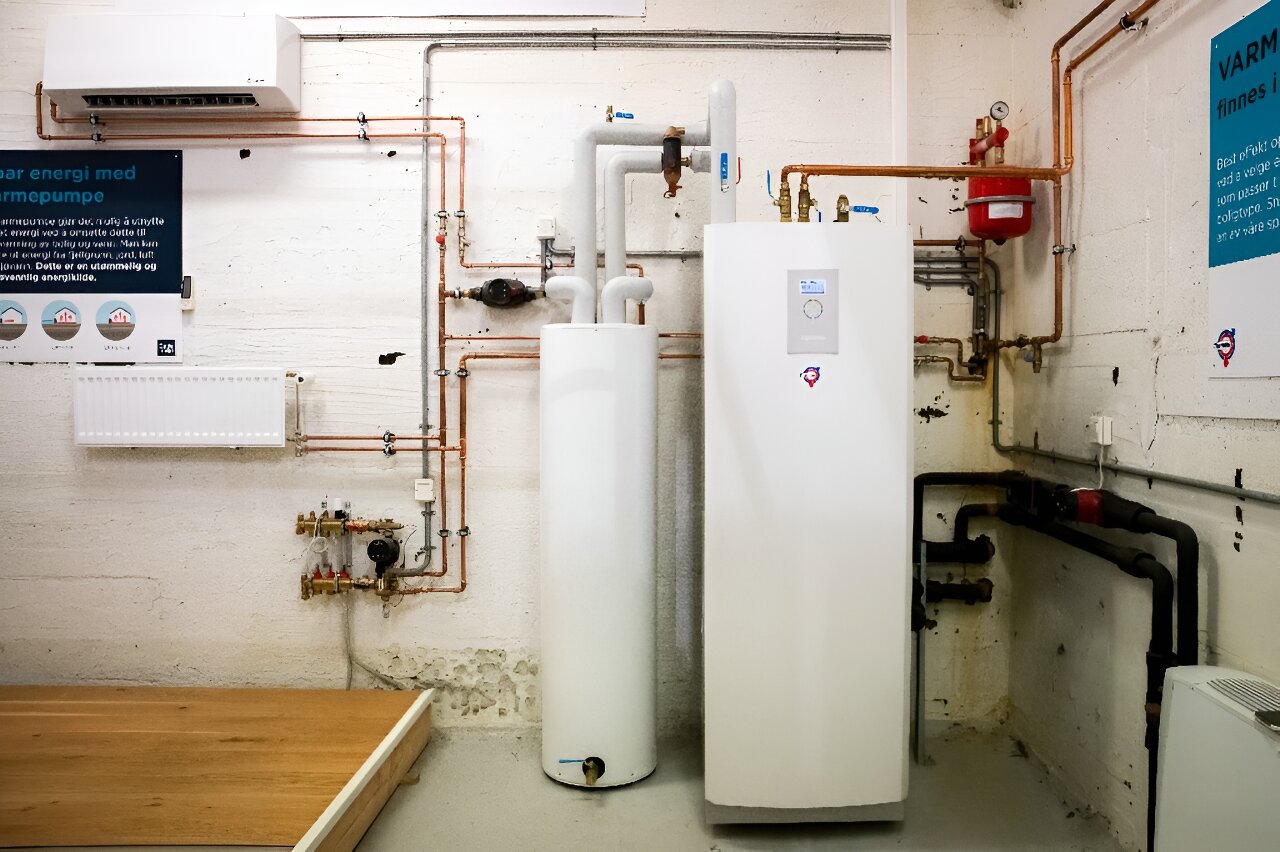- cross-posted to:
- hackernews@derp.foo
- technology@lemmit.online
- cross-posted to:
- hackernews@derp.foo
- technology@lemmit.online
Heat pumps can’t take the cold? Nordics debunk the myth::By installing a heat pump in his house in the hills of Oslo, Oyvind Solstad killed three birds with one stone, improving his comfort, finances and climate footprint.



IDK why you are downvoted, this is exactly true. The pump can only use it’s max power, and at max efficiency it generates 4-5 times that power in heat. But at temperatures below what the coolant allow, it only produce heat equivalent to the power put in, or a 4th to a 5th it’s max output.
Meaning the pump gets less efficient as it gets colder, and potentially will not be able to keep up in extreme conditions. As output goes down at lower temperatures, the same time demand for more heat increases.
The Heat pump shown however, does go very low, and it would be exceptional if the limit was reached. But just a decade ago, most heat pumps couldn’t go nearly that low, and lost efficiency quickly already below zero Celsius.
Despite that, the advantages with the newer heat pumps are still big enough for it to make good sense to switch to it for most, even Scandinavians.
Here in New England as far as I can tell, HVAC contractors tend to recommend hybrid systems, with a gas furnace as the secondary heat. However maybe that’s because gas is much cheaper than electricity.
Maybe there’s a contractor around who can give a better opinion on whether my experience is general
I never heard about that, here it’s very extreme if it’s below -20 C°, and new heat pumps can handle that, and remain pretty efficient.
I think the consensus here is to get rid of the gas. Despite we have it from the Nordsea, but the price structure is 100% dependent on the situation in Europe as a whole.
And Russia has fucked that up. So I don’t think anybody here is recommending gas for that reason. Although gas has already returned to be the cheapest option even here AFAIK, and prices have stabilized in part due to LNG from USA.